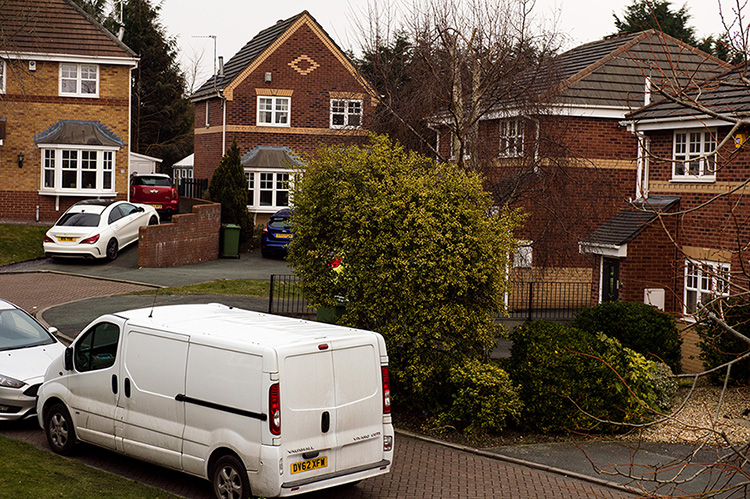Fraser Euan White
Suspended / Banned
- Messages
- 3,062
- Name
- Fraser White
- Edit My Images
- Yes
There is an interesting thread on another forum where a contributor is arguing that changing ISO is unnecessary. His argument appears to be very sound in that shooting a picture at the base ISO of the camera usually gives the least noise and the best dynamic range. He then sets his shutter speed and aperture manually to suit the scene he is photographing and doesn't worry what the exposure 'in camera' looks like (most look virtually black and are very under exposed).
The exposure & white balance are then edited in post and look great.
He has faced arguments over noise in shadows and lost details but has proved with examples that this is all myth when shooting RAW as the sensor still captures the details etc.
Thoughts?
The exposure & white balance are then edited in post and look great.
He has faced arguments over noise in shadows and lost details but has proved with examples that this is all myth when shooting RAW as the sensor still captures the details etc.
Thoughts?



